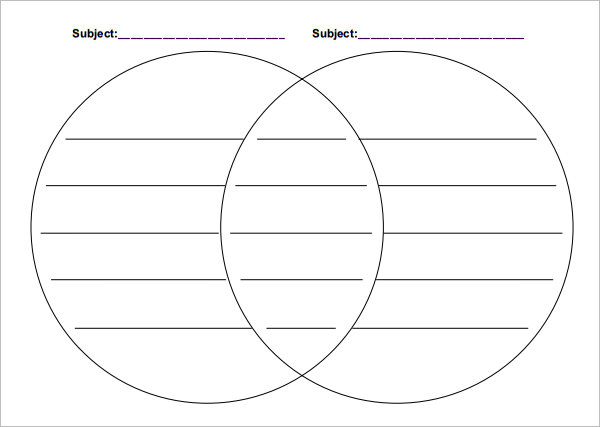http://onlineathens.com/local-news/oconee/2017-06-29/fox-attacks-oconee-man-trapped-under-4-wheeler-holds-fox-neck-until
A Watkinsville man had a frightening encounter with a possibly rabid fox on Wednesday after the fox attacked the man while he was trapped under an overturned 4-wheeler.
The fox’s head was taken to a Georgia Department of Public Health facility to test for rabies, according to Oconee County Animal Control Director Catlyn Vickers.
The attack occurred about 1:40 p.m. at the victim’s farm on Hog Mountain Road, according to Vickers.
The Oconee County Sheriff’s Office posted on Facebook some information about the attack on Mike Streetman, a long time chiropractor. Streetman’s son, Scott, posted on the page that his father said he had come out of a hayfield and drove to a barn to cool off. At the barn, he encountered the fox which tried to bite him.
Streetman said he “gunned” the four-wheeler to get away, but turned too sharply and the vehicle turned over on him, pinning him down on his back.
“Meanwhile, the fox comes at me and I reached for a hammer that fell out of the tool box. Hit it four times before it latched onto my arm. Grabbed it in a choke hold with my other hand,” he said. “Called 911 and my wife and neighbor. Clarinda and my neighbor John got the 4 wheeler off and Clarinda realized I had a choke hold on a fox and they got a rope around its neck just as the Oconee County deputies got there and many first responders and ambulance. Deputies finished it off.”
Streetman told his son he felt the fox is probably rabid, so he has begun a round of vaccine shots.
The deputy killed the fox by shooting it in the head, Vickers said.
The lab results of the rabies testing could be known by late Thursday or sometime Friday, she said.
A fox contracting rabies is rare, noted welcomewildlife.com.
Still, the website warns, it’s best not to approach a fox, especially if it is acting aggressive or listless.
Anyone bitten by a fox, even if it seems healthy, should seek treatment for rabies.
To discourage fox activity at your home, welcomewildlife recommends:
- Remove temptation by feeding pets indoors or bringing the food bowl inside after each use.
- If you have caged rabbits or chickens, make sure all cages are built with heavy mesh wire, wire or solid floor, and a secure latch that can’t be worked loose by a fox.
- Secure trash container lids with a heavy strap or even a chain.
- Try planting “scaredy-cat plant” (Coleus canina,) an annual with a foul odor detectable by canines, but not by humans.
- Check under porches and sheds for a den. Seal all openings.
- Walk your dog around the perimeter of your yard, allowing him or her to scent-mark it. Do this regularly and also criss-cross the property so it will seem to the fox that your dog has free-run of the area.




